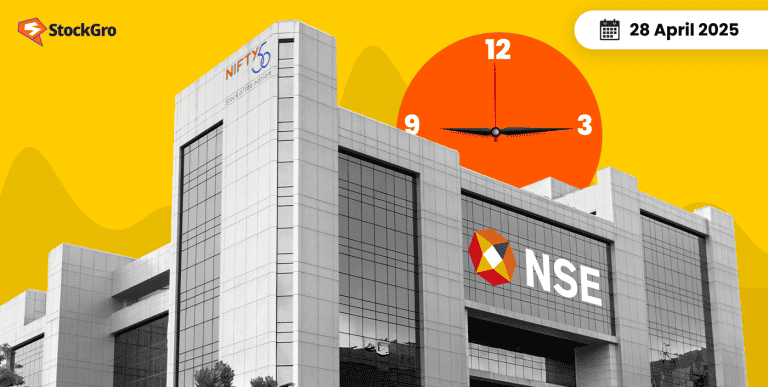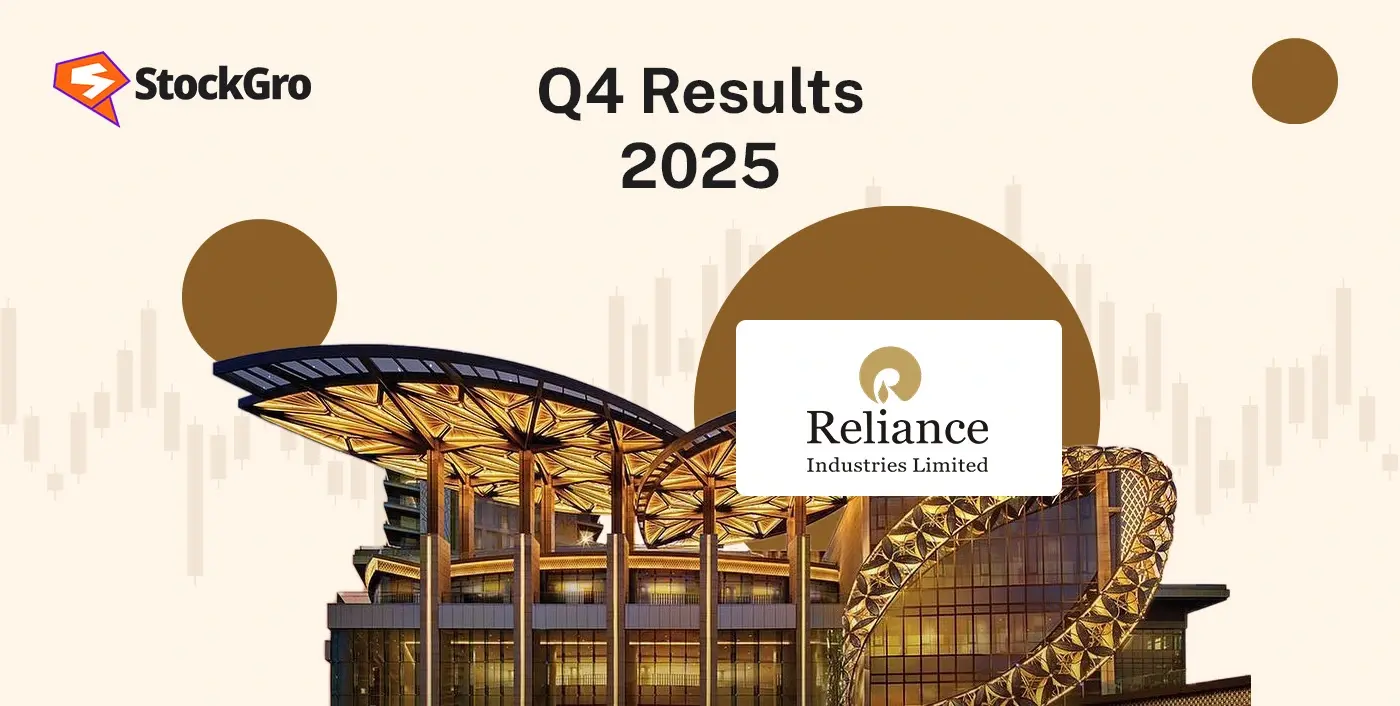
After announcing its March 2025 quarter (Q4FY25) results. Shriram Finance’s share price plunged about 8–9%, hitting around ₹600 on the BSE. The reaction seemed dramatic: how could a company with rising profits see its stock tank? Let’s break it down and make sense of the Shriram Finance share news.
Despite the stock drop, the headline numbers looked decent. Shriram Finance reported a 10% year-on-year jump in standalone net profit to ₹2,139 crore for Q4FY25. That growth was backed by a 13% rise in net interest income (NII) to ₹6,051 crore, driven by strong loan disbursements. Total income (interest plus fees) was up over 20% to about ₹11,460 crore, and even fees and commissions more than doubled from a year ago. In short, the business made more money on paper. So why the sell-off?
Also read: Cyient Q4 profit falls nearly 10% despite modest revenue rise
| Q4 FY25 Metrics | Value |
| Net profit | ₹2,139 crore (up 10% YoY) |
| Net Interest Income (NII) | ₹6,051 crore (up 13%) |
| Total Income | ₹11,460 crore (up 21%) |
| Assets Under Management (AUM) | ₹2.63 trillion (up 17%) |
| Net Interest Margin (NIM) | 8.25% (vs 9.02% a year ago) |
| Credit cost (loan loss provisions) | 2.4% of AUM |
| Gross NPA (bad loans) | 4.55% |
| Net NPA | 2.64% |
Even with these gains, a few cracks showed. First, net interest margin (NIM) – essentially how much profit they make on each rupee lent – fell sharply to 8.25% in Q4FY25 from 9.02% in the same quarter last year. In simple terms, Shriram is earning less on its loans than before, partly because it’s sitting on a lot of cash (about ₹30,000 crore of excess liquidity). This high liquidity dragged down margins, leading to a flat sequential NII despite the bigger loan book.
Next, credit costs spiked. The company set aside more money for potential bad loans – the quarterly “credit cost” jumped about 18% from the previous quarter, to 2.4% of its assets. In plain terms, Shriram had provision for more defaults. Even though they wrote off ₹2,345 crore of bad loans (a one-time cleaning of delinquent accounts), which brought the gross NPA ratio down to 4.55% (from 5.38%).
Finally, the stock market often latches onto what’s not there. The profit figure of ₹2,139 crore was solid but a tad below the ~₹2,224 crore that analysts expected. So despite good top-line growth, missing the street view and the shrinking margin was enough to spook traders.
You may also read: SBI Life Insurance Q4 results analysis
Analysts view
Oddly enough, most brokerage houses see this drop as a buying opportunity. In recent Shriram Finance stock analysis, analysts note that the underlying fundamentals remain strong. For example, Motilal Oswal emphasises that Shriram has broad AUM growth and healthy disbursements in Q4. They point out that Shriram hasn’t fully tapped non-vehicle loan distribution yet, so growth could stay robust. Motilal Oswal still calls it a “Buy” with a ₹790 target price (around 20% above current levels).
Nuvama is also upbeat: it raised its target to ₹760 and maintains a “Buy” rating. They believe NIM will recover to 8.5–8.6% in FY26 as excess cash is deployed and expect about 15% AUM growth next year. Even Nomura says that at these levels, the P/B valuation (about 1.7x FY27) looks attractive for a firm that can deliver ~17–19% CAGR in AUM/PAT through FY27.
Not everyone is positive – some, like Equirus Securities, have tempered expectations (they cut to “Reduce” with a ₹620 target, fearing slower loan growth and return on assets). But by and large, big names remain bullish.
Shriram’s management itself has been pretty confident. They’ve guided that NIM should improve to around 8.5–8.6% in FY26 and that AUM will grow by ~15%. Crucially, they said they don’t expect any fresh rise in bad loans or credit costs next fiscal. In other words, management sees the Q4 stress as a one-off blip, not the start of something bigger.
You may also like: HUL Q4 FY25 result analysis
Conclusion
The Shriram Finance share price fell after the Q4FY25 results surprised many investors, but when you peel back the layers, the story isn’t all negative. Yes, the company faced pressure on margins and had to account for higher potential loan defaults. But its core business continues to grow, profits are up, and the management outlook for FY26 remains optimistic.
For investors looking at Shriram Finance share news today, it’s important to see the bigger picture: short-term pains often don’t erase a strong long-term growth story. Analysts are still mostly backing the stock, highlighting that the current dip could offer an interesting entry point for those willing to ride out a few bumps.
Markets might have reacted swiftly, but fundamentals usually win over time. As always, patience and careful research should guide your next move, not just headlines.

